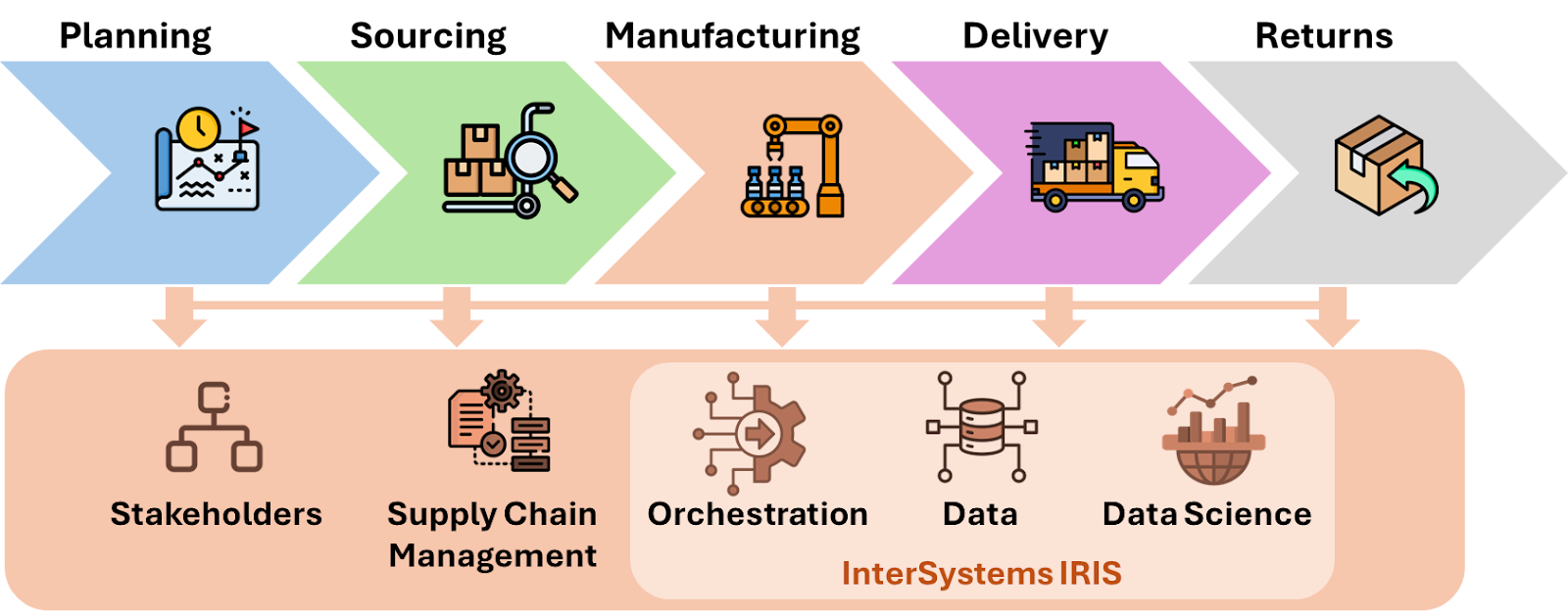Hey Community!
We're happy to share a new video from our InterSystems Developers YouTube:
⏯ Query Optimization in Hybrid Databases @ Ready 2025
https://www.youtube.com/embed/_BNTGEsDt48
[This is an embedded link, but you cannot view embedded content directly on the site because you have declined the cookies necessary to access it. To view embedded content, you would need to accept all cookies in your Cookies Settings]



.png)
